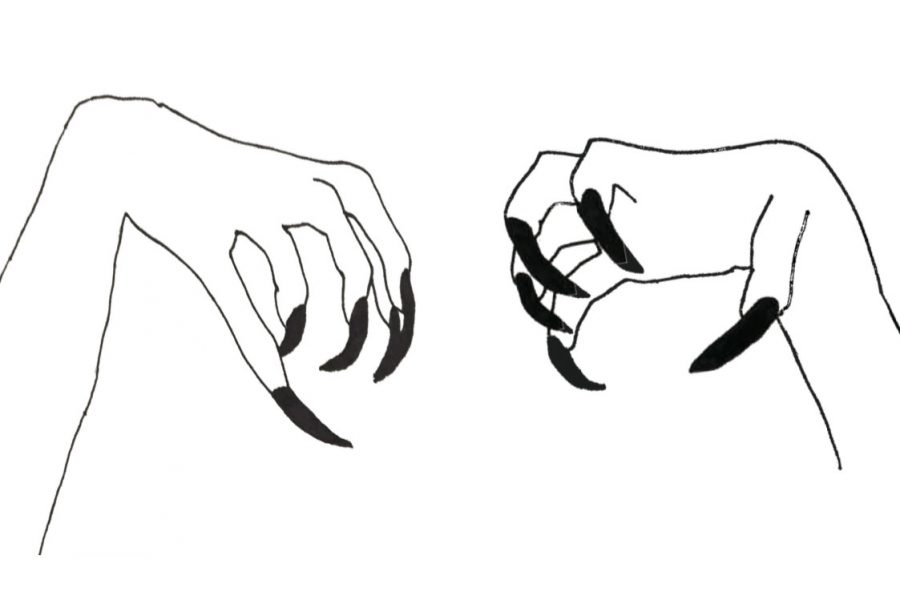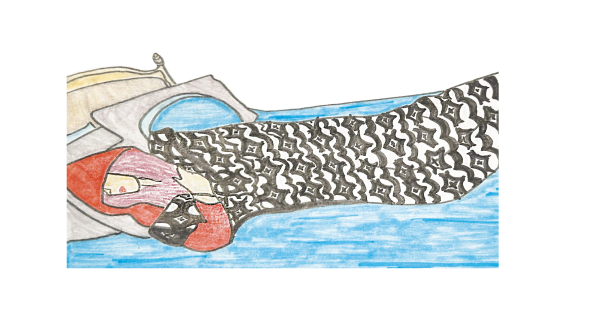Fight or flight fear
The brain’s primitive response to stimuli
“I love seeing everyone work together to make the event come to life. But I also love haunted houses and Halloween. I love going to local haunts and getting ideas for my own [haunted house].” -Amy Walters
Fear stems from the most primitive parts of our being; nestled in the temporal lobe of the brain, the concept of fear traces back all the way back to the earliest of hominids. This instinctive–almost reptilian–response to stimuli found its beginnings when our ancestors still lived in caves, hunting and gathering, and avoided getting eaten (with saber-tooth tigers roaming around, you could say they were not the top of the food chain).
The only thing that kept them alive was the constant threat of demise–that is to say, there were only two completely polar states of thought to be had at any given time, either everything is ok, or I am going to die. No in between. As time went on and the cerebral cortex further developed, this primitive fight or flight portion of the brain remained alive and well, however our capacity for higher thinking soon overruled instinct.
This higher intelligence tells us to disregard trivial threats such as big dogs or creepy shadows. For example, while some find flying daunting, the cerebral cortex soothes us with reminders such as “the pilots are very experienced” or “the middle seat is the safest” or the air-traffic controllers are watching us.” However, some fears are harder to rationalize–it’s no wonder the country is in a state of panic with the influx of creepy clowns. The concept of purposefully concealing identity by hiding behind makeup or a mask, appealing to children, and mimicking a history of criminal and horror stories is one that leaves even the most rational, highly-functioning brain vulnerable to an immediate fight or flight response.
So, fear keeps us out of trouble. But it doesn’t always act as a pleasant cautionary tale. A 1960 study established that humans are born with two innate fears: the fear of falling and the fear of loud noises. Everything thereafter is considered a “learned fear.” Most of these learned fears develop early in childhood and they only accumulate. The problem occurs when these learned fears begin to take over our lives. When fear prevents you from completing daily tasks and/or pursuing your interests, then we reach a hazy middleground: where fear meets phobia. Now that’s a scary subject.

This is my third year writing for Spectrum, and my third semester working as an editor. (I've edited Opinions, Front, and now Sci-Tech!) I'm so excited...

I'm Eva and I'm Co-Editor-in-Chief! I also edit Front and I've served as Creative Director and Editor of Features, InDepth, and Comedy in the past. Spectrum...
















